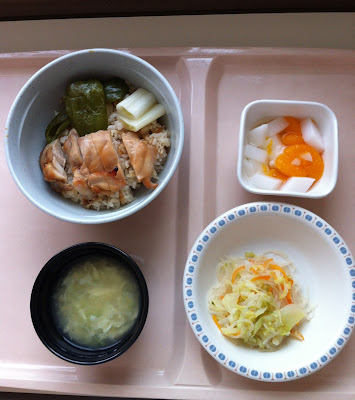It only takes 45 minutes from Tokyo, driving across the Tokyo Bay Aqua-Line, bridge and underwater tunnel trans-Tokyo Bay highway which connects just South of Tokyo to Kisarazu.
The good news for overseas visitors is it takes less than 30 minutes from Haneda Airport (domestic and parcially international airport in Tokyo) and people may stop by in the landmark, called 'umihotaru' (Sea Firely), the large car parking and shopping complex in the middle of Aqua-Line.
Please refer to the followings for further details:
Mitsui Outlet Park Kisarazu Official website: http://www.31op.com/kisarazu/foreign/index_en.html
The Outlet developer, Mitsui Fudosan's official website on the project: http://www.mitsuifudosan.co.jp/english/project/outletpark_kisarazu/facility/index.html
Related article: http://ajw.asahi.com/article/economy/business/AJ201204120067
The outlet mall floor guide as above. Only available in Japanese at the moment.
The huge car parking lots around the outlet mall which accomodate 4,300 cars.
It is not just a food court. Lines of people are waiting for their favourite meals in the food court. It is massive with 650 seats available for seafood, ramen noodle, and many more ... even ice cream, from famous restaurants in Tokyo and local restaurants in Chiba.
The latest trend for the Japanese outlet malls is to utilize the outlet mall facility as a weekend entertaining spot for the family. While mothers are enjoying shopping, fathers and children 5 years old and above with adult accompany can play the Crazy Golf, the 16 holes for 500 yen .
Little children run and hop on the objects in lawn near the North Gate.
Get wet in the water fountain, called 'Pop Jet Square' near the North Gate. There are 'Dog Rest' and 'Kids Park' near the West Gate. There are people's favourite international brands like Burberry, Ferragamo, Zegna, Polo Ralph Lauren, Armani, Coach but the families with kids are more excited in Gap, Bandai (Japanese toy manufacture), Bebe (kids outfits), Anna Sui mini and lots more.
Shopping in the sea breeze ... Fantastic!
Y★

























